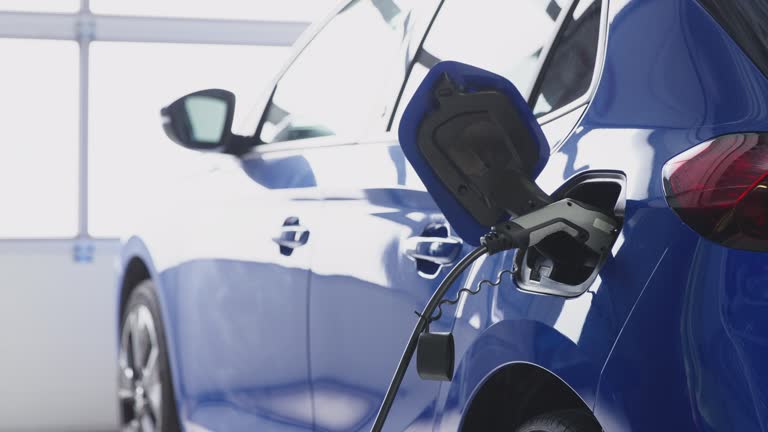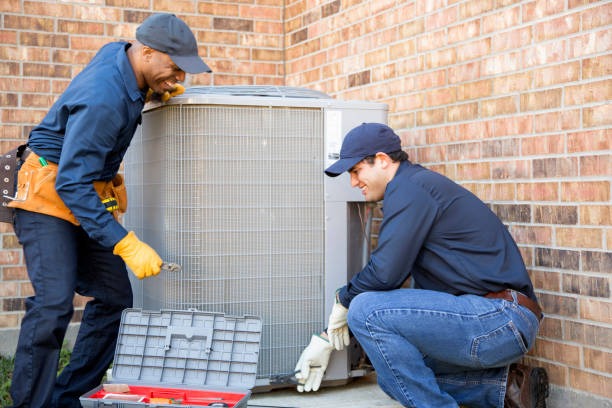Setting up an electric vehicle (EV) charging station at home is a convenient and practical solution for EV owners. It not only provides easy access to charging but also eliminates the need to rely on public charging stations. However, there are several key considerations that homeowners must take into account when installing an EV charger at home.
Firstly, it’s essential to determine the type of charger suitable for your vehicle. There are two main types: Level 1 and Level 2 chargers. Level 1 chargers use a standard 120-volt AC plug and can be plugged into any household outlet, making them the most cost-effective option. However, they offer slower charging speeds compared to Level 2 chargers which operate on a 240-volt circuit, similar to an electric dryer or stove, providing faster charge times but requiring a more complex installation process.
Secondly, you’ll need to consider where the charging station will be located in relation to your vehicle’s parking spot. The closer it is, the shorter and less expensive the cable will be. Moreover, having a dedicated parking spot close to your charger ensures that you won’t have issues with cable length or accessibility.
Another vital aspect is understanding your home’s electrical capacity. Most homes can click here handle an additional load from an EV charger; however, older homes may require upgrades in their electrical systems before they can support higher-level chargers safely.
The cost of installation is another significant factor in setting up a home EV charging station. Installing Level 2 chargers typically involves costs associated with purchasing equipment and hiring a professional electrician for safe installation due to its complexity.
Lastly but importantly comes safety considerations which should never be overlooked when installing any electrical equipment at home especially something as critical as an EV charger. Always ensure that all installations comply with local building codes and regulations for safety purposes.
Furthermore, considering weatherproofing options if you plan on placing your charger outdoors could save you from unnecessary repair or replacement costs in the future. Chargers should also be installed off the ground to prevent damage from flooding.
In conclusion, setting up an EV charging station at home involves several considerations such as choosing the right type of charger, location, understanding your home’s electrical capacity, cost of installation and safety measures. Proper planning and consideration can make this process smooth and efficient ensuring that you have a reliable and convenient charging solution for your electric vehicle at home.











